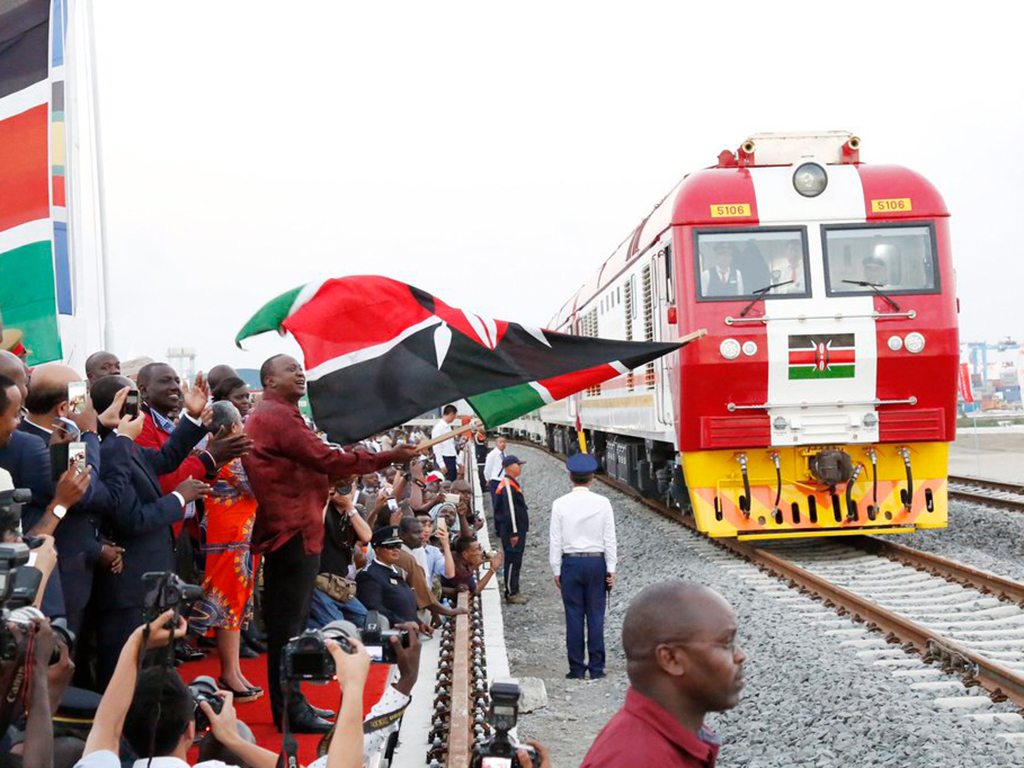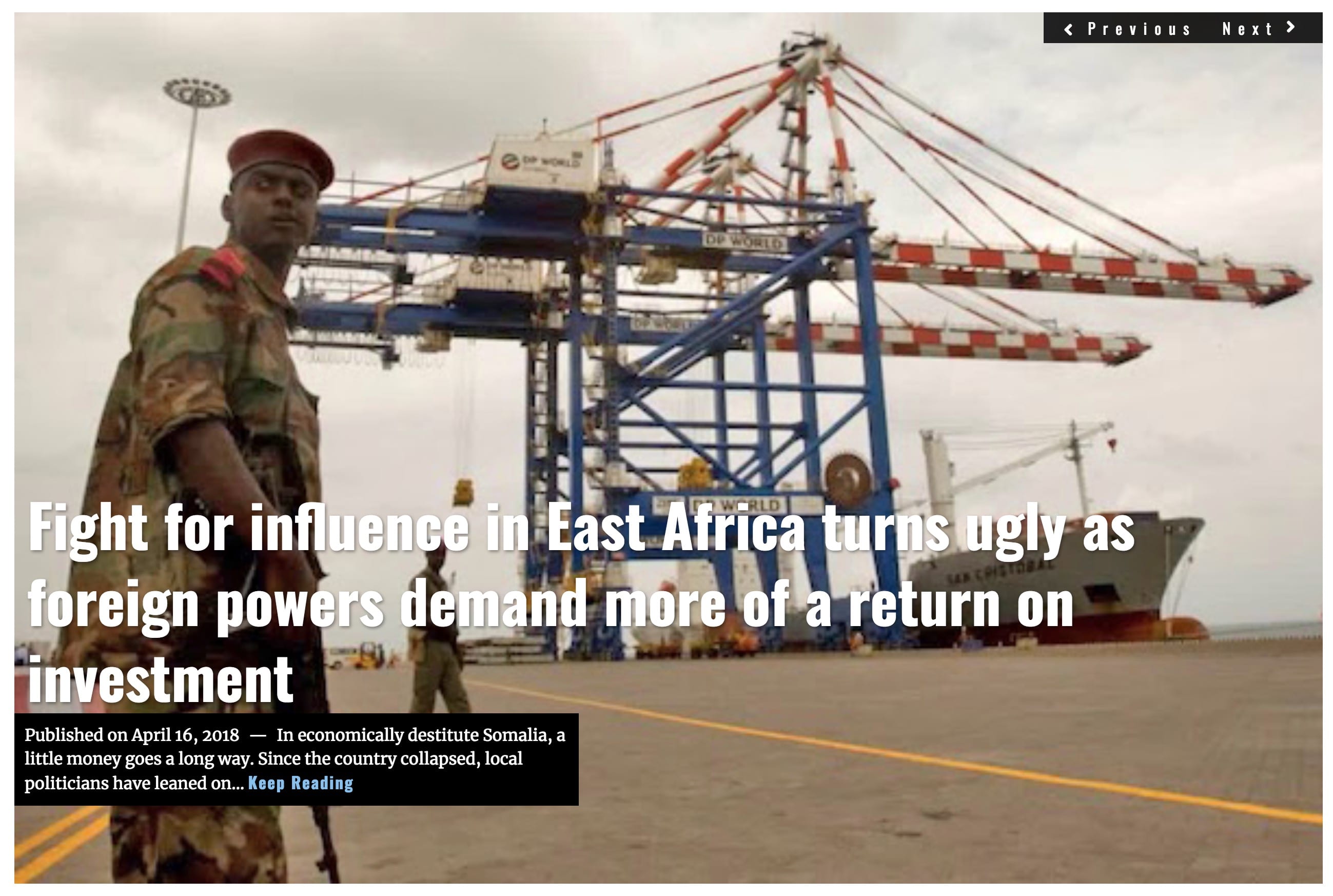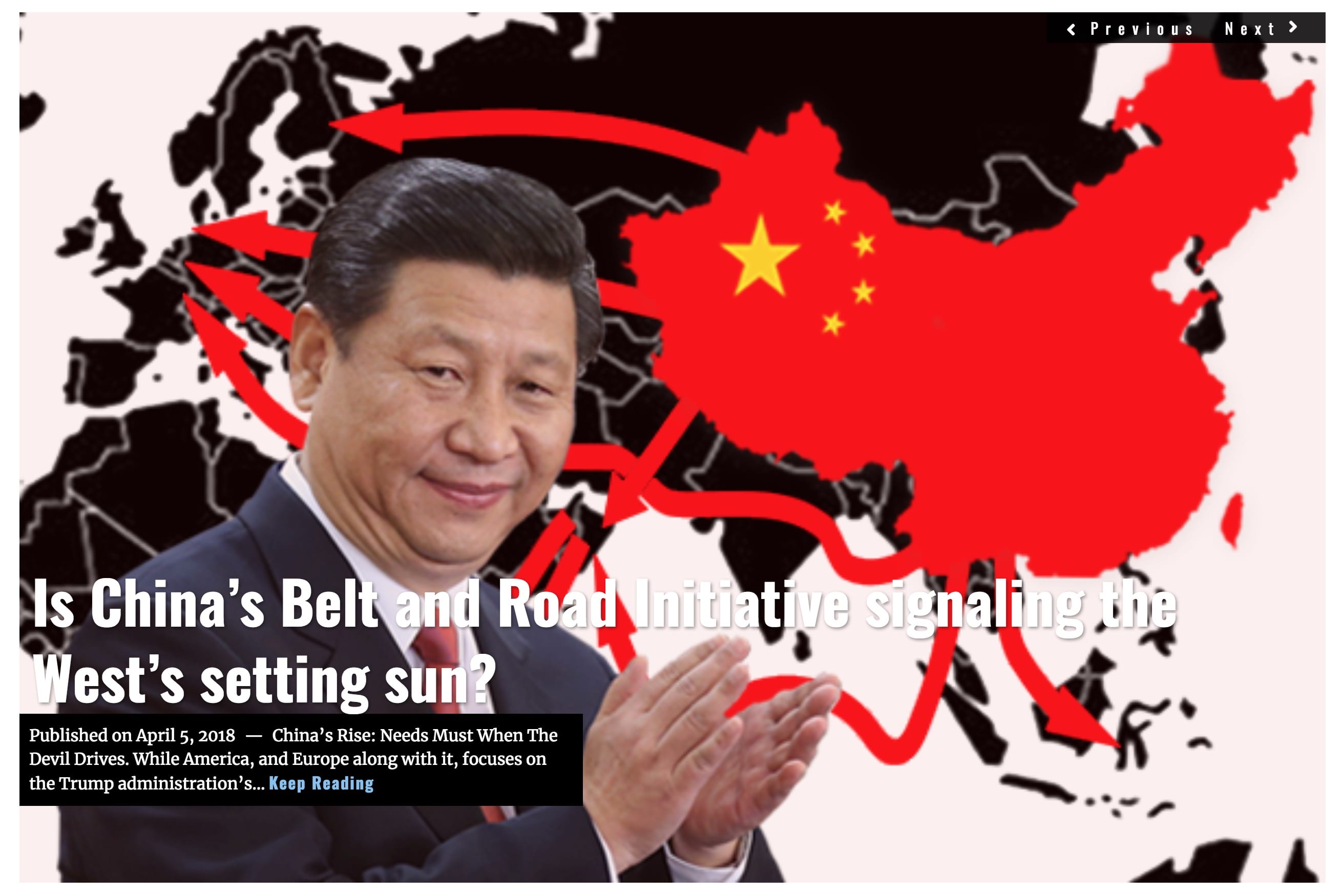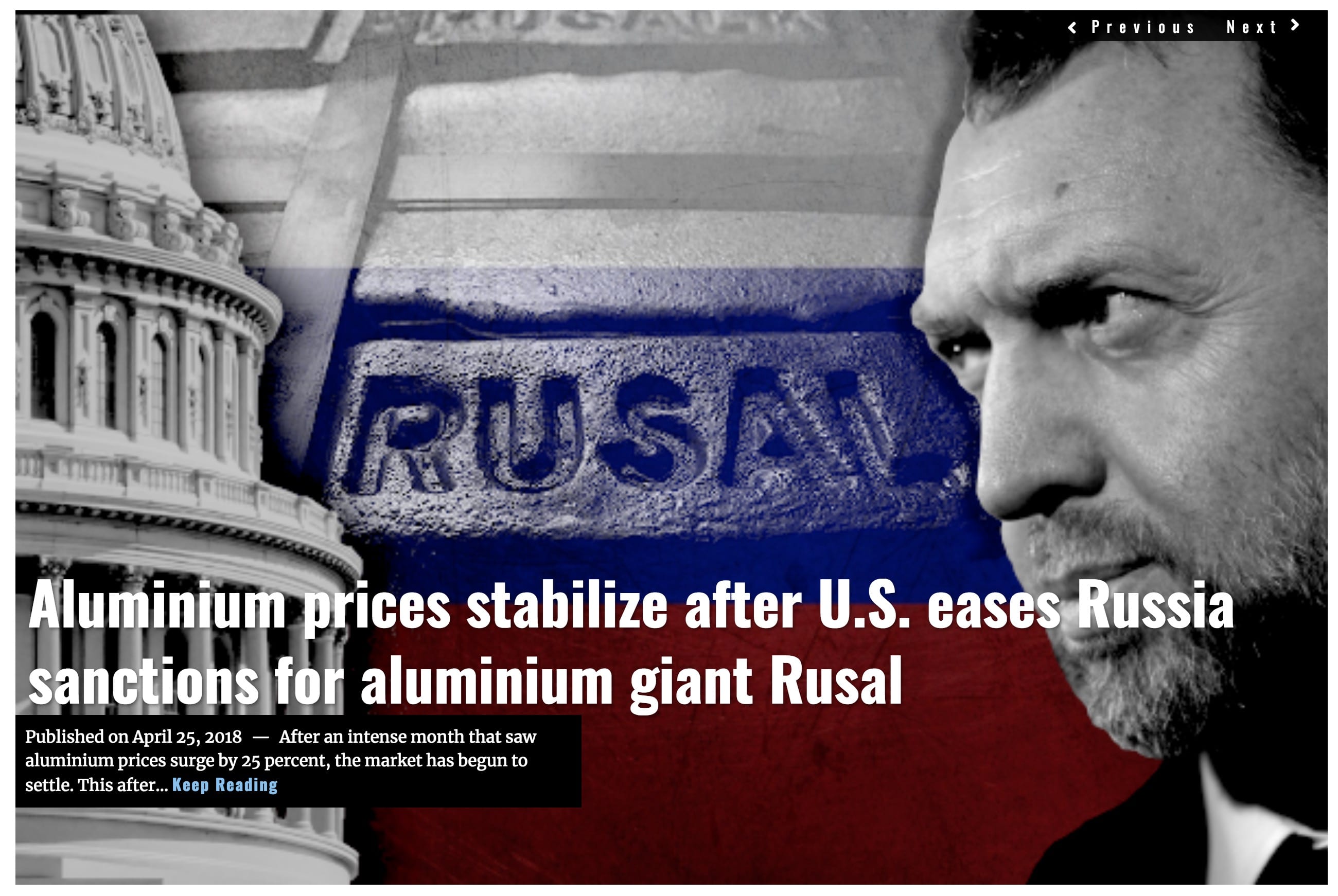With debt to China mounting and workers in traditional sectors displaced, the implementation of the African Continental Free Trade Area (AfCFTA) cannot come soon enough for Kenya.
Fishermen in Kenya are in a fight for their livelihood as a wave of imported Chinese fish threatens to smother the country’s own fishing industry. While Kenya’s local officials have appealed to the central government to ban fish imports, workers are falling out of employment as local markets opt to sell the frozen Chinese variety, not the fresh stuff.
“If you can get a fish from China, one piece is selling at 150 shillings ($1.5) per kilo while we sell at 400 shillings ($4). It is a very big challenge, because people will always go with the cheaper things,” a Kenyan fisherman told CNN.
The Kenyan fishing industry also suffers due to pollution and a lack of conservation management, which has caused fish populations to fall and food prices to soar. The problems aren’t exclusive to just fish, either. Decades of drought have killed crops, forcing many rural Kenyans to clear-cut trees in exchange for water. It’s a desperate practice, which the government is trying to curtail, but with the soil and waterways so depleted, farmers and fishermen alike are left with few other options.

Faced with these mounting economic threats, Kenya’s leaders have been pushing what they see to be a solution: boost the manufacturing sector.
Over the last year, Kenya has made substantial investments in manufacturing through its “Industrial Transformation Program.” The program includes multiple infrastructure projects, such as a 500-acre industrial park for the Kenya’s leather sector, $2bn in geothermal energy production, and the opening of a $4bn Nairobi-Mombasa railroad to link the country’s two largest cities.
These large-scale infrastructure investments, however, have caused the government’s public debt to skyrocket, from $9.6bn in 2012 to $47bn today. This debt has given the international investment community cold feet, which has caused the International Monetary Fund (IMF) to implement punitive measures to stop the spending. That comes on top of the instability since Kenya’s 2017 elections, which is estimated to have shaved a full percentage point off of the country’s annual growth.
Kenya’s investment spree has really only been made possible by China. For example, of the $4bn spent on the Nairobi-Mombasa standard gauge railroad, $3.2bn came from Chinese loans. The primary reason China is willing to put so much money into a Kenyan railroad, such as this one, is because of China’s “One Belt, One Road” initiative.
![Image Map of planned railways in Kenya. [FT]](https://limacharlienews.com/wp-content/uploads/2018/04/Kenya-Railway.jpg)
While the Chinese hope to gain greater access to markets across East Africa, Kenya is entering a critical hour as its gamble on manufacturing hangs in the balance.
“In Kenya, you are at the first stage of industrialization, so there are certain things you need [to buy],” said said Zhou Yuxiao, the leading Chinese diplomat for Sino-African relations, dismissing concerns about the trade imbalance. “Initially, this imbalance is unavoidable. But later, we can try to re-balance.”
![Image OPPOSITION SUPPORTERS PROTESTING IN A NAIROBI SLUM. [GEORGINA GOODWIN/AGENCE FRANCE-PRESSE]](https://limacharlienews.com/wp-content/uploads/2018/04/Screen-Shot-2018-04-18-at-8.05.50-PM.png)
“Intra-Africa trade will increase efficiency and competitiveness of Africa’s industrial products through harnessing economies of scale of a large continental market of about one billion people,” said Kenyan President Uhuru Kenyatta on April 18th. He said this at a meeting of all the heads of states for the Commonwealth, using the occasion to advocate for AfCFTA.
Back in March, multiple African heads of state gathered in Kigali, Rwanda, to sign on to the AfCFTA, a deal that will increase intra-continental trade by 52 percent by 2022, according to UN Economic Commission for Africa (UNECA). President Kenyatta needs it to move forward, because without an increase in intra-African trade the debt Kenya has incurred will prove tough to manage.
Take the Nairobi-Mombasa railroad, again, as an example.
According to the World Bank, the railway will need to move over 20 million tons of goods through the port of Mombasa in order to clear its debts. While that number is not out of reach for the port — it brought in 26 million tons in 2015 — actually getting importers to use the railway has proven more difficult than the government expected.

In its first month of operation, January 2018, the railway moved 1,600 containers, or 2% of the traffic coming in through the port, despite months of promoting the project and government subsidies that picked up around two thirds of the cost per container. As the inadequate numbers continued into March, the Kenyan government eventually lost its patience, turning away from the carrot and toward the stick.
“We do not want to be draconian in our approach but if need be, we shall. There are many ways to do this,” said Transport Cabinet Secretary, James Macharia.
That statement was part of an ultimatum, issued on March 1st, in which he gave the leaders of the Kenya Ports Authority 48 hours to increase the number of containers being loaded onto freight trains. After failing to meet the deadline, 14 of the Ports Authority leaders were fired.
Members of President Kenyatta’s cabinet, Transport Secretary Macharia included, have accused officials in Mombasa of deliberately avoiding the new railway. Many in Mombasa, after all, do have vested interests that are threatened by the railway, such as the Governor of Mombasa Hassan Joho, whose his family owns a network of shipping container storage facilities in Mombasa which would be bypassed if goods were loaded directly on to the railway. Joho has been an outspoken critic of the railway, and, according to the Economist, even funded the presidential campaign of Kenya’s main opposition leader last year, in order to hurt the ruling-party politicians in Nairobi. That effort failed, however, when Uhuru Kenyatta won in August.
Only time will tell if Kenya is able to pull off its transition to manufactured goods, much less pay off its debts to China. Kenya is a cornerstone of China’s “One Belt, One Road” initiative (OBOR), making the country a gateway for Chinese goods to reach nations across East Africa. The project has been hailed as a “New Frontier for Win-Win Cooperation,” and has been compared to the American Marshall Plan in the way that it expands China’s soft power and market access in exchange for financing infrastructure. However, debt relief was a cornerstone of the Marshall Plan, and, so far, China has shown no sign that Kenya’s debt will be written off.
For Kenyatta and the ruling party in Nairobi, there is still more development (and debt) to come in the future. The railway connection between Nairobi and Mombasa is only “stage one,” as there are still far-reaching connections to be made.
It is important to note that Kenya is not the only country to be buckling under debt as a result of attracting OBOR investment. Sri Lanka also remains in debt in spite of selling off the port it built. To make matters worse, its currency hit an all time low against the USD on Monday, which triggered a sell-off of foreign investment.
[Title image by James Fox]
LIMA CHARLIE NEWS, with Diego Lynch
Lima Charlie provides global news, insight & analysis by military veterans and service members Worldwide.
For up-to-date news, please follow us on twitter at @LimaCharlieNews
In case you missed it:

![Image Kenya gambles with debt as China zeros in on East Africa markets [Lima Charlie News][Graphic: James Fox]](https://limacharlienews.com/wp-content/uploads/2018/04/KenyaChinaAFCTFA.png)



![image Resistance mounts against China's President Xi Jinping [Lima Charlie News][Photo: Johannes Eisele / AFP]](https://limacharlienews.com/wp-content/uploads/2018/08/Resistance-mounts-against-Chinas-President-Xi-Jinping-480x384.jpg)
![Image Little choice for Russia and China but to link up [Lima Charlie News]](https://limacharlienews.com/wp-content/uploads/2018/09/headlineImage.adapt_.1460.high_.russia_china_opinion_052114.1400674740238-480x384.jpg)
![Africa’s Elections | In Malawi, food, land, corruption dominate [Lima Charlie News]](https://limacharlienews.com/wp-content/uploads/2019/06/Malawi-election-Food-land-corruption-480x384.jpg)
![Image The Rwandan Jewel - Peacekeepers, Conflict Minerals and Lots of Foreign Aid [Lima Charlie World]](https://limacharlienews.com/wp-content/uploads/2019/03/Rwanda-Jewel-480x384.jpg)
![Image [Women's Day Warriors - Africa's queens, rebels and freedom fighters][Lima Charlie News]](https://limacharlienews.com/wp-content/uploads/2019/03/Womens-Day-Warriors-Lima-Charlie-News-480x384.jpg)
![Image Zimbabwe’s Election - Is there a path ahead? [Lima Charlie News]](https://limacharlienews.com/wp-content/uploads/2018/09/Zimbabwe’s-Election-Is-there-a-path-ahead-Lima-Charlie-News-480x384.png)
![[Silver lining for China in Zimbabwe’s violent elections][Lima Charlie News]](https://limacharlienews.com/wp-content/uploads/2018/08/Screen-Shot-2018-08-02-at-12.51.35-PM-480x384.png)
![image Resistance mounts against China's President Xi Jinping [Lima Charlie News][Photo: Johannes Eisele / AFP]](https://limacharlienews.com/wp-content/uploads/2018/08/Resistance-mounts-against-Chinas-President-Xi-Jinping-150x100.jpg)
![Image Little choice for Russia and China but to link up [Lima Charlie News]](https://limacharlienews.com/wp-content/uploads/2018/09/headlineImage.adapt_.1460.high_.russia_china_opinion_052114.1400674740238-150x100.jpg)